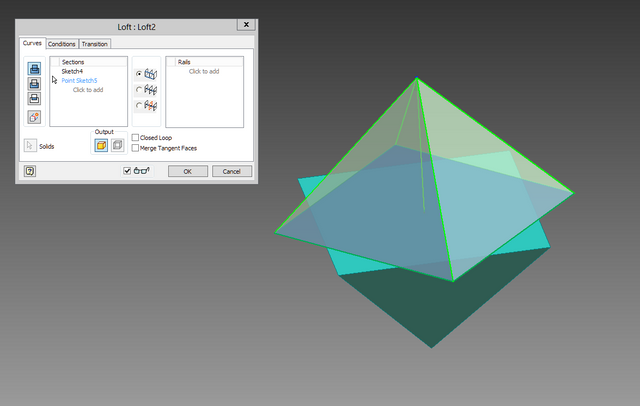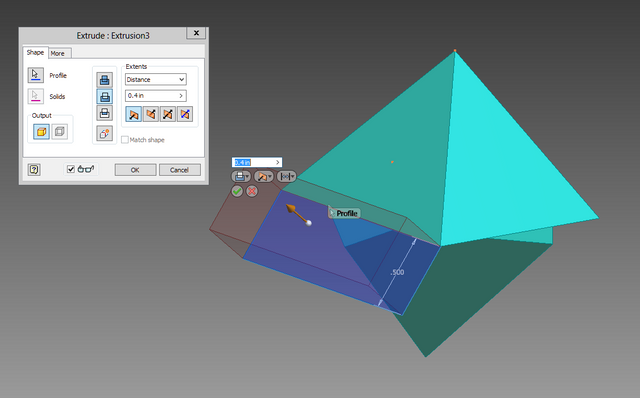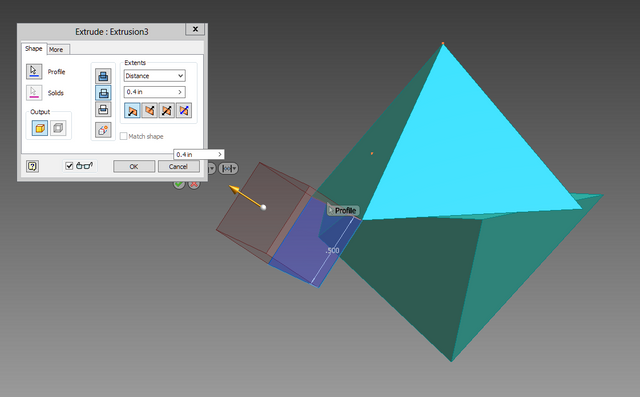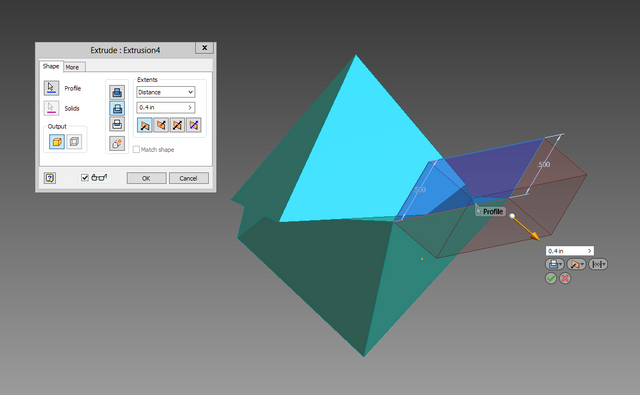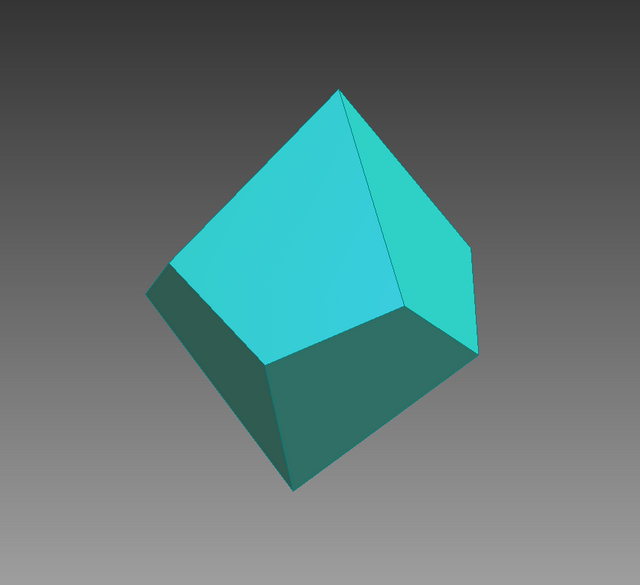How to Create Trapezohedra
I've been a bit busy lately, so this is just another quick CAD tidbit. This is one method of creating a trapezohedron, also known as an anti-diamond. I'm not quite sure where the former name comes from, but the latter name comes from the fact that, in geometry, a "diamond" is a polygon that is extended into two mirrored pyramids, such that each pyramidal face shares a single edge with its opposite, while an anti-diamond has the base polygon rotated such that each pyramidal face shares an edge with each of its TWO opposites. I probably butchered that definition, but to be fair, I'm not a mathematician. Anyway, I think it's an interesting shape, and I've made a few of them using this same method.
Step 1: establish your shape
There is really no reason to show a picture here, just draw a regular polygon.
Step 2: create the first pyramid
Either by an extrusion tapering to a point (if the desired ANGLE is known), or by lofting to a single point on an offset work plane (if the desired HEIGHT is known).
Step 3: create the second pyramid
By drawing the same polygon and then rotating it. For an even-sided figure, rotate by one-half the angle between the vertices. For the below example, a square trapezohedron, you would rotate the square by 45 degrees. For ANY odd-sided figure, simply rotate by 180 degrees. Then, using the same method as you used for the first in order to get the same results, create the second pyramid:
Step 5: trim the shape
Trim one upper face (both pictures below are different views of the same operation)
then one lower face, then create a circular pattern about an axis formed by the two vertices:
And there you have it! This basic method will work for a trapezohedron based on any polygon, extended to any height. It can also be used to make an assymetric version of a trapezohedron. Variations on this method can be used to make 3D models of gemstones. Why would you want to make models of gemstones? Well, I'll get into that in my next post.
